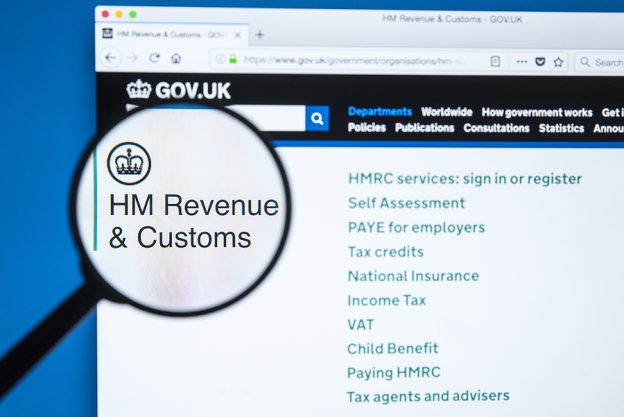
Despite their pledge to the contrary, the government has decided to increase National Insurance Contributions by 1.5%. This amounts to 1.25p in the pound more for everyone in the UK.
But how much more will this cost you?
Why is National Insurance going up?
The government are introducing a new Health and Social Care tax. For the 2022-23 tax year, this is being administered through the National Insurance system. After that, NICs will go back down to their current rate and the new levy will be collected as a separate entity.
The aim is to raise £12 billion a year which will be ringfenced for spending on the health and social care systems.
We all know what a toll the pandemic has taken on the NHS. This investment is designed to reduce the backlog of operations, scans and health checks by funding nine million of these procedures. It’s also for innovation in the NHS.
And our similarly pressurised social care system will get £5.3 billion of investment in the 2022-23 and 2024-25 tax years.
The devolved nations will get £2.2 billion additional investment per year from this health and social care tax. A figure that is 15% more than they contribute.
Who’s going to pay the national insurance increase?
Anyone who pays NICs will have to pay the extra amount. This means:
- Employees paying Class 1 NICs
- Employers paying secondary Class 1, 1A and 1B NICs
- Self employed people paying Class 4 NICs
If you’re over the State Pension age and still working, you won’t have to pay this in 2022-23. But the new Health and Social Care levy will apply to you in subsequent years.
Let’s take a look at the National Insurance numbers
The current rates of National Insurance Contributions for people paying Class 1 NICs are:
- 12% of your income on earnings between £797 and £4,189 per month
- 2% on any income over £4,189
These become 13.25% and 3.25% when the new tax rate comes into effect at the start of the next tax year.
It’s expected that the standalone Health and Social Care tax will keep the same rates.
Employed taxpayers under PAYE
Here’s a table which contains annual salaries under PAYE with their current NICs payment and the extra amount you’ll have to pay when the additional amount is applied next year.
| Annual salary | Current NICs amount | Additional payment | New NICs amount |
| £10,000 | £51.84 | £5.40 | £57.24 |
| £20,000 | £1,251.84 | £130.40 | £1,382.24 |
| £40,000 | £3,651.84 | £380.40 | £4,032.24 |
| £60,000 | £5,078.84 | £630.40 | £5,709.24 |
| £80,000 | £5,478.84 | £880.40 | £6,359.24 |
| £100,000 | £5,878.84 | £1,130.40 | £7,009.24 |
From this, you can estimate how much your additional payment and increased NICs amount will be.
Self employed taxpayers national insurance increase
2021-22 Class 2 NICs are £3.05 per week, payable on earnings over £6,515. Anything you earn between £9,568-£50,270 is liable for an additional 9% Class 4 NICs charge. And earnings over that £50,270 ceiling are charged at an extra 2%.
The NICs increase means that these rates go up to 10.5% and 3.25% for the two Class 4 levels of payment for self employed taxpayers.
| Annual salary | Current NICs amount | Additional payment | New NICs amount |
| £10,000 | £197.48 | £5.40 | £202.88 |
| £20,000 | £1,097.48 | £130.40 | £1,227.88 |
| £40,000 | £2,897.48 | £380.40 | £3,277.88 |
| £60,000 | £4,016.38 | £630.40 | £4,646.78 |
| £80,000 | £4,416.38 | £880.40 | £5,296.78 |
| £100,000 | £4,816.38 | £1,130.40 | £5,946.78 |
A comparison between the increases for employed and self employed shows that the extra amount being paid at each salary interval is the same. Even if the actual amounts differ.







